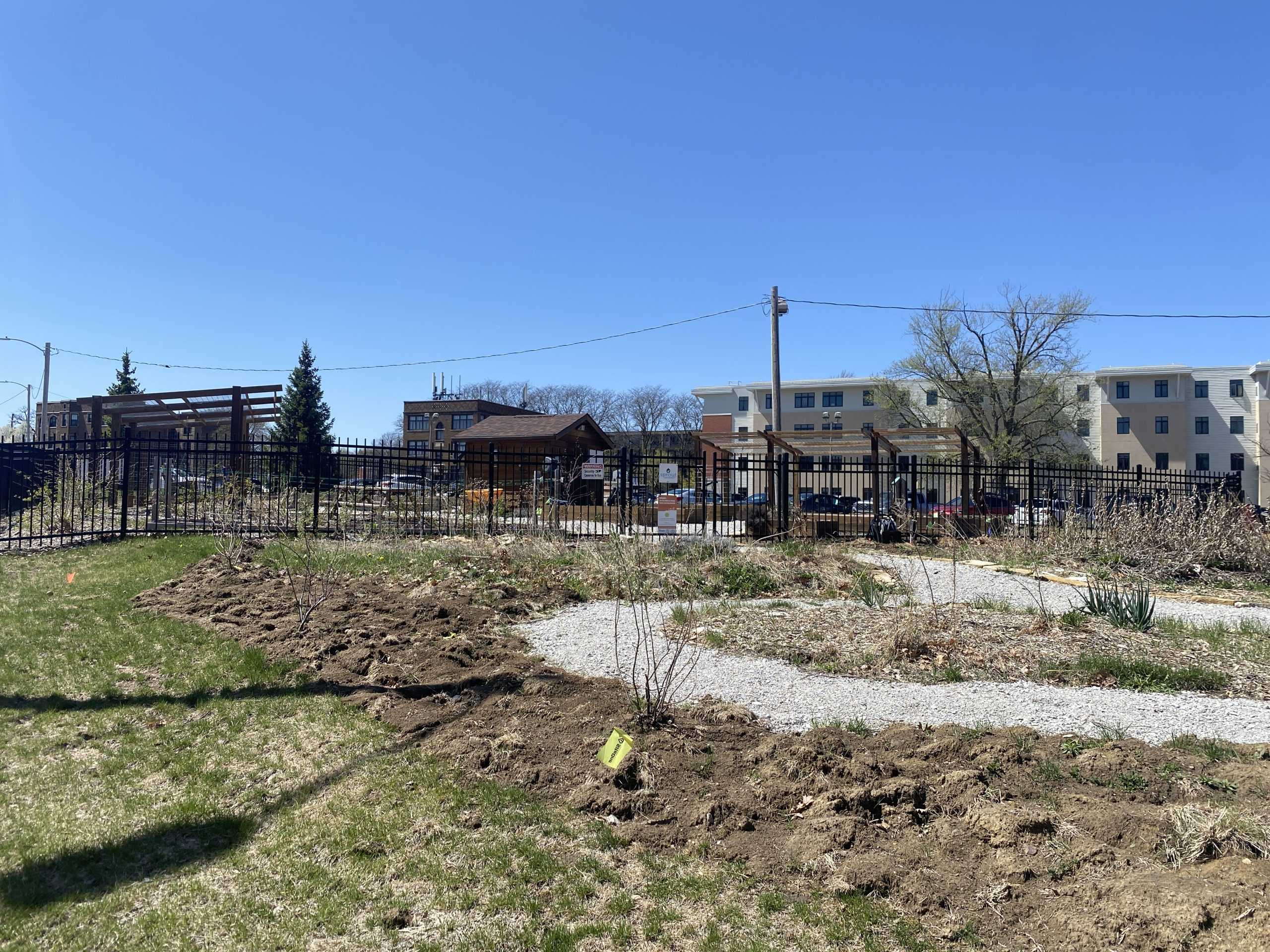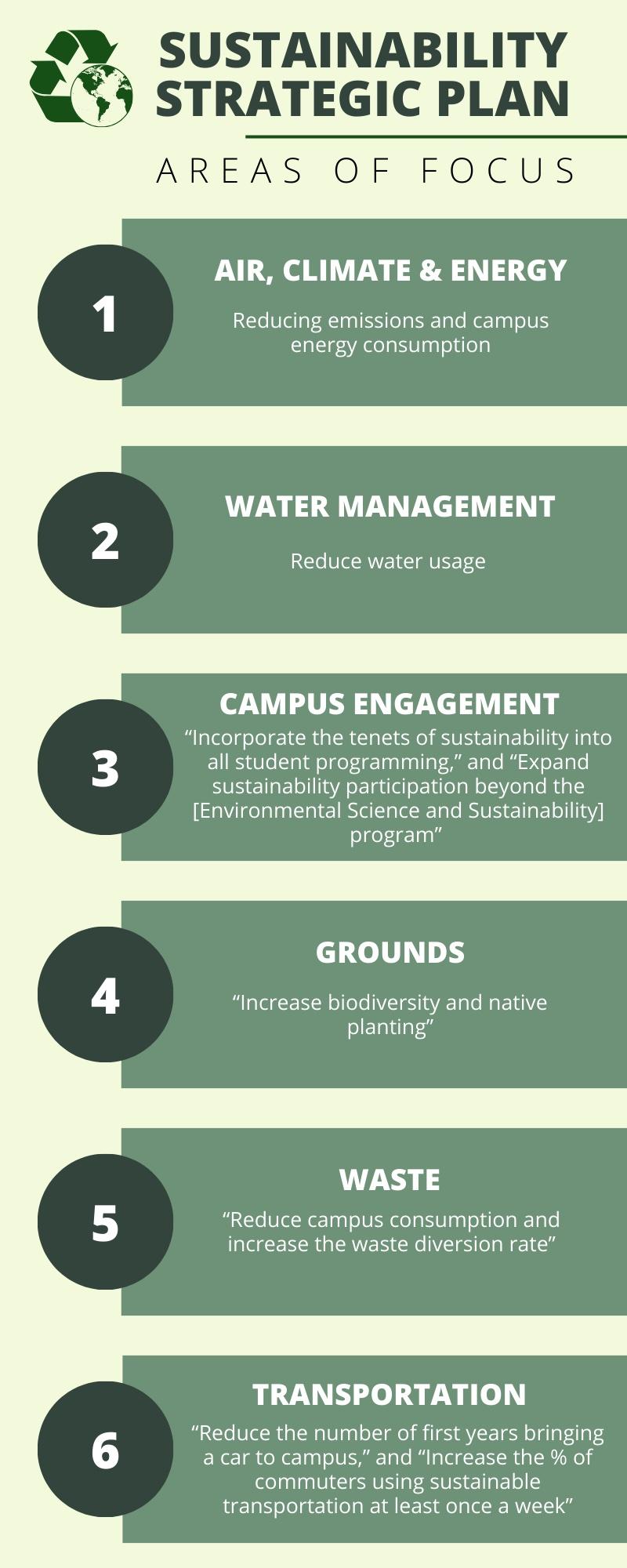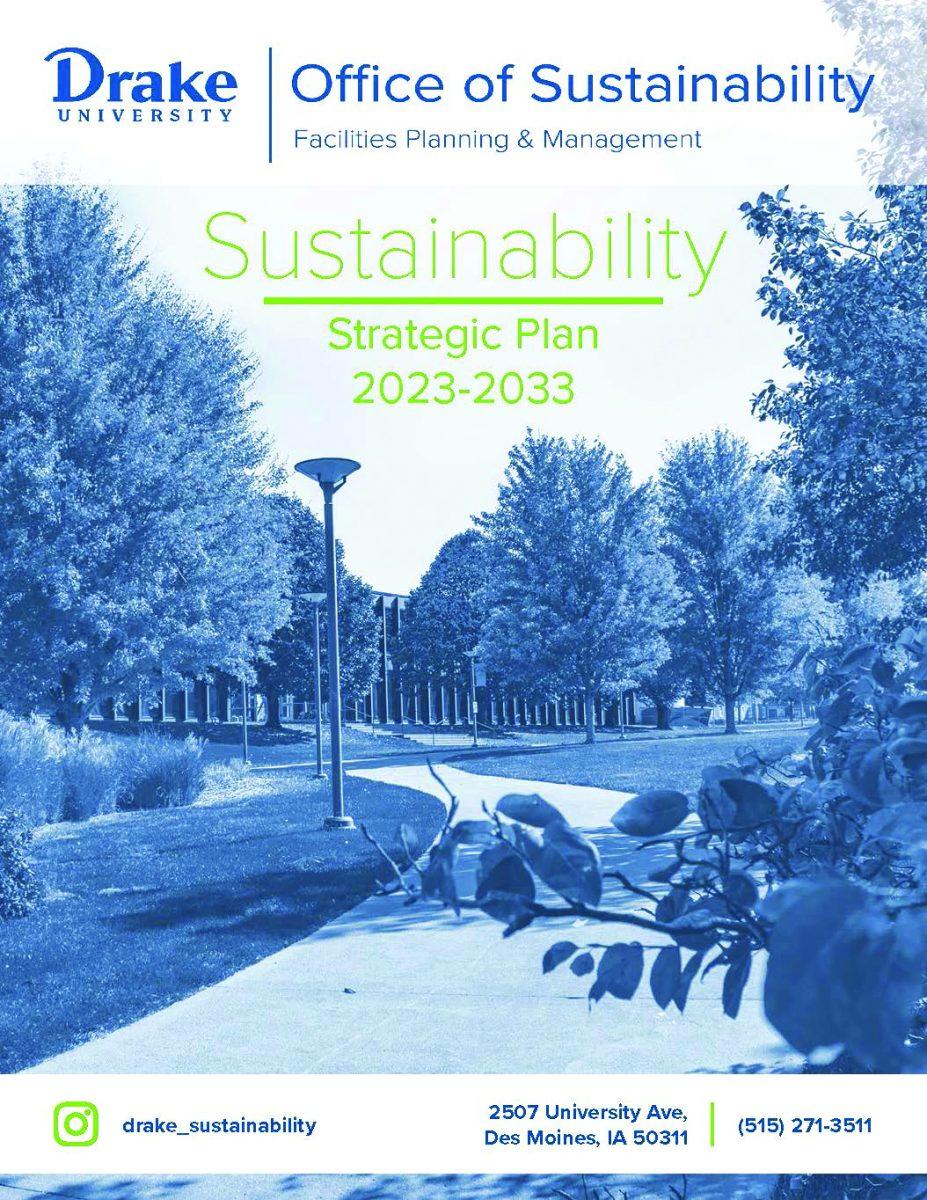A drafted Drake sustainability plan includes goals for the university over the next 10 years – and aims to make sustainability a greater value in Drake culture.
Drake Sustainability Coordinator Hannah Remke wants everyone to learn about sustainability and see what’s happening across campus.
“One of the main goals in this plan, which I think is almost the hardest one…shifting the culture on campus just to [make] everybody have a more sustainable mindset and to create that buy-in,” Remke said.
The first step is about exposure, knowing what’s happening. Remke thinks getting buy-in is “a harder, more long-term goal.”
“Having these programs and things like Welcome Week and talking at orientation and getting the word out, I think that will impact more the classes coming in,” Remke said. “…Maybe they’ll be more engaged to compost, more engaged to be a part of the sustainability committee, regardless of being that major.”

Remke said Drake would like to publish the plan in the OnCampus newsletter in early to mid-May, and ideally post it for the public two weeks after depending on the amount of feedback received. The draft includes six areas of focus, which include goals for 2033 and actions to take within the next five years, according to Remke. In four years, Drake will set the next five years of action steps.
While Remke shared a draft of the plan with The Times-Delphic on April 13, some of the draft couldn’t be included in this article at this time. When asked how she thought the plan might change before it is finalized as a set of goals Drake has committed to, Drake Chief Administrative Officer Venessa Macro wasn’t sure.
“The details of the tactics reflected in the plan was reviewed by the sustainability committee, and will next go to key leaders – such as President’s Council for feedback,” Macro said over email on April 16.

Drake’s Climate Action Plan “serves as part of the foundation of the Sustainability Strategic Plan and the goals remain,” Remke said over email. The drafted plan’s emission reduction goal for 2033 is slightly higher than what the university’s overarching goal already covers, she said.
“Some of our goals and efforts have been updated in the new plan, but the commitment remains,” Remke said.
Remke, who graduated from Drake in May, started as the sustainability coordinator in November. While she said “a lot of other schools” also have a one-person office, she sees potential in the possibility of more staff, as well as more interns than she has now.
A few of the plan’s actions
The drafted plan includes creating a green building policy, which would have different guidelines for new buildings and renovations, Remke said. Other action steps include a monthly sustainability update in OnCampus, an employee focused outreach campaign and a zero waste event certification.
Student input
Remke said she showed the plan to two sustainability classes, and it was presented to the student group Drake Environmental Action League (DEAL). A notice regarding the Sustainability Committee was published in the OnCampus newsletter in February. Remke said 27 people who indicated interest through a survey received the plan via email.
Sydney Dvorak, a student attendee of the Sustainability Committee, said it’s a good plan. However, Dvorak would be interested in seeing action steps broken down further, potentially in additional documents, and she would like the published plan to include the names of partners. Dvorak feels like a few of the plan’s objectives have low goals, as well as the goal to convert a certain percentage of campus to electric vehicles.
Dvorak is also an executive council member of DEAL.
“I think there’s specific projects that DEAL can take on to increase the visibility of the plan, and really show that we have both organizations and faculty working together to kind of make this happen,” Dvorak said.
What will impact Drake’s progress?
Remke said projects that don’t show an immediate return on investment “will need more student pushback to show the benefit and the want for it.”
“So I think a big part of how university operations run or based on what the students want,” Remke said. “So if we had a lot of students advocating and calling for a big project that led to an emissions cut, I feel like it’d be happening if we had that campus buy-in.”
Macro said that “a lot of progress” has occurred over the past few years, “so the momentum is real.”
“There will be times when we have to adjust in any given year due to things [like] supply chain issues or other competing priorities – but the commitment will keep us moving forward over the long term,” Macro said.
Macro said the plan will “change and adapt to new technologies, opportunities and situations.”
Once the plan is published to the general public, Remke said if she feels “it will be beneficial to add [a change] to the plan immediately,” she will. If not, she plans to edit on a yearly basis, though she could still work toward an action step before adding it to the plan.
If you want to give input on the plan, you can reach out through https://www.drake.edu/sustainability/contact/.







